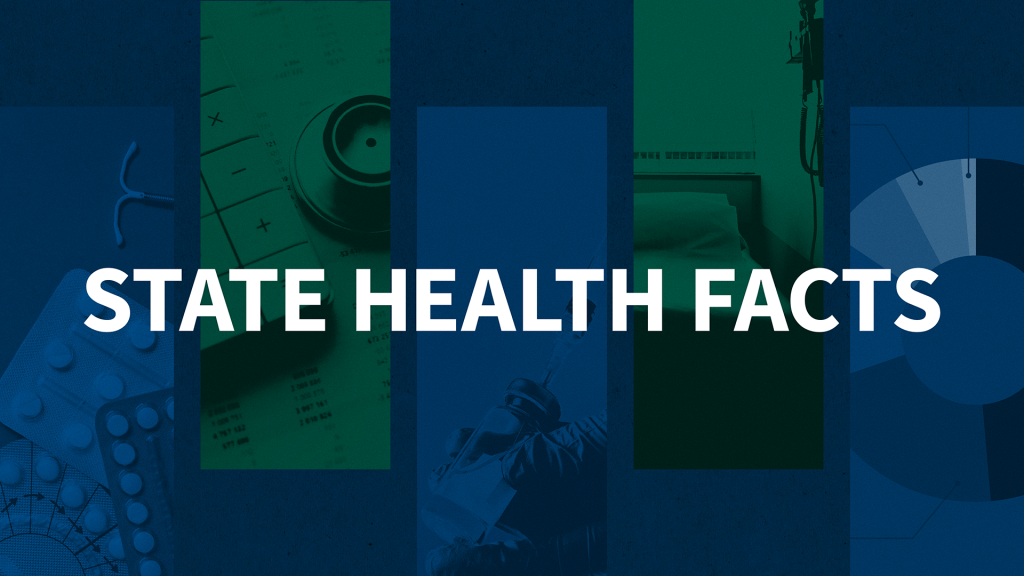2001 Retiree Health and Prescription Drug Coverage Survey-6020
2001 Retiree Health and Prescription Drug Coverage Survey This survey, released by the Kaiser Family Foundation, The Commonwealth Fund, and HRET, profiles retiree health coverage for Medicare-age (65+) retirees, including the amount retirees pay for coverage compared to active workers, cost-sharing for prescription drugs, and eligibility requirements for retiree benefits.
